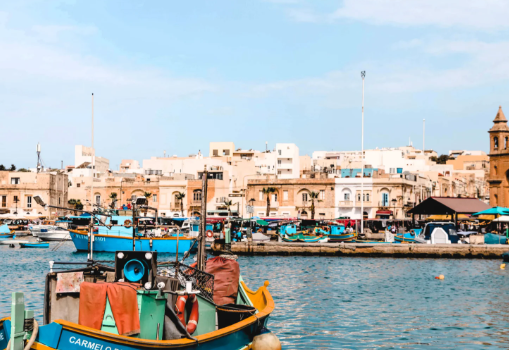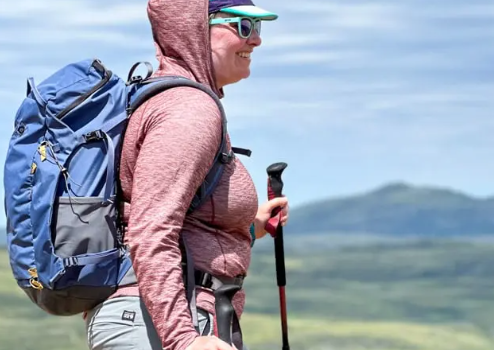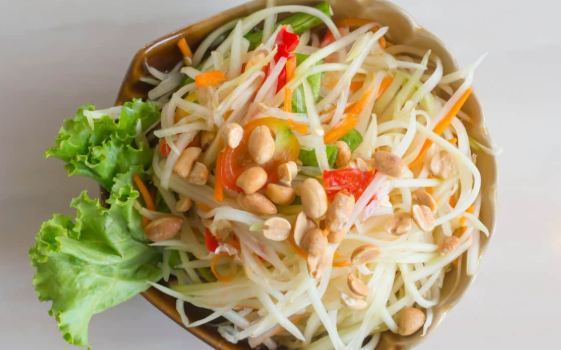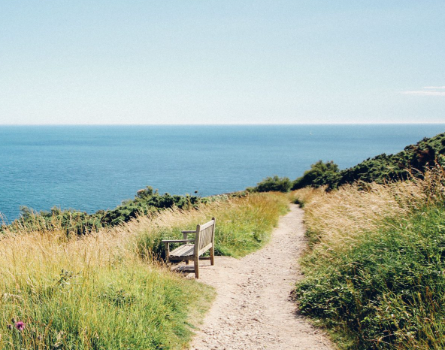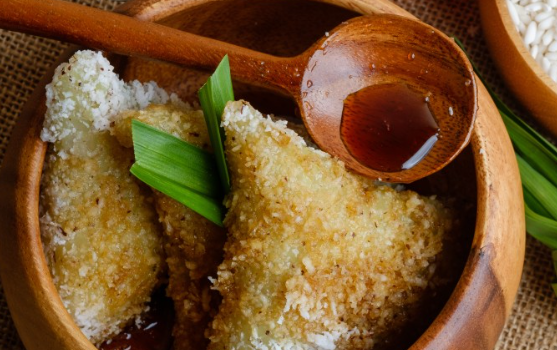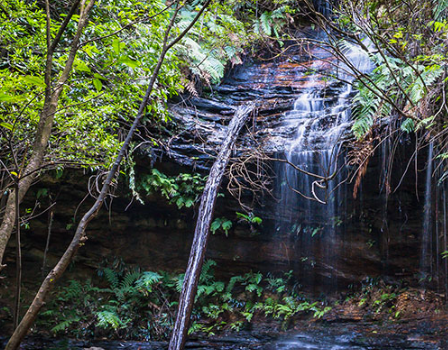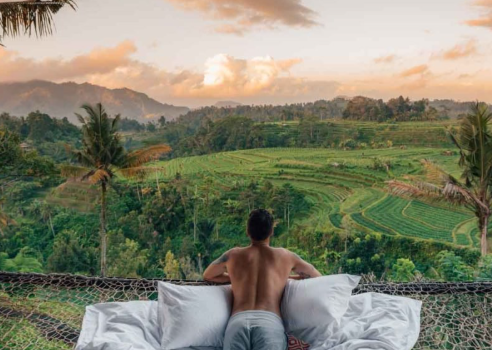
Are you tired of the daily grind and looking for a change of scenery without sacrificing your professional goals? Malta is quickly becoming one of the top destinations for digital nomads—and it’s easy to see why. This small Mediterranean island offers the perfect blend of work and leisure, making it an ideal spot for remote workers seeking adventure and productivity. Let’s explore why Malta should be at the top of your list.
Strategic Location
Malta is situated at a crossroads between Europe, Africa, and the Middle East, making it an excellent base for digital nomads who enjoy traveling. With its central location, you can easily hop on a plane to explore nearby countries, whether for business or leisure.
Ideal Climate
Malta’s Mediterranean climate features mild winters and hot summers, with plenty of sunshine year-round. This warm, pleasant weather allows digital nomads to work from outdoor cafes or take breaks on the island’s beautiful beaches and in its charming towns.
Reliable Internet Connectivity
Having access to fast, reliable internet is a must for remote work, and Malta delivers on this front. The country has a robust internet infrastructure, ensuring seamless connectivity whether you’re working from a co-working space, a beachside café, or your accommodation.
English Proficiency
English is one of the official languages of Malta, and nearly everyone speaks it fluently. This makes communication easy for digital nomads, allowing them to network, collaborate, and live comfortably without worrying about language barriers.
Co-Working Spaces
Malta’s growing co-working scene is perfect for digital nomads who need a productive environment. With a wide selection of well-equipped co-working spaces, you’ll find opportunities to meet other like-minded individuals, attend events, and engage in workshops that foster collaboration.
Rich Cultural Heritage
Malta isn’t just about work; it’s also about experiencing a rich and vibrant culture. The island is home to megalithic temples dating back to 3500 BC, a legacy of the Knights of St John, and lively village festivals. Malta’s cultural richness gives digital nomads the chance to explore history and tradition while balancing their work-life needs.
Safety and Security
Malta is consistently ranked as one of the safest countries in Europe. This safety allows digital nomads to work and explore without constant concern, making it an ideal environment for those who value peace of mind during their travels.
Affordable Cost of Living
Compared to other European destinations, Malta offers an affordable cost of living. While some areas, like Valletta, might be pricier, many parts of the island offer budget-friendly accommodation, transportation, and dining options, making it easier for digital nomads to live comfortably.
Diverse Community
Malta has become a hub for expats and digital nomads from all over the world. This multicultural environment fosters a welcoming atmosphere, providing plenty of opportunities to connect with others, exchange ideas, and collaborate on projects.
Outdoor Adventures
Although Malta is a small island, it offers an abundance of outdoor activities. Whether you’re snorkeling in crystal-clear waters, hiking along scenic cliffs, or exploring hidden coves, Malta’s natural beauty offers countless ways to relax and recharge when you’re not working.
Conclusion
Malta is a digital nomad’s dream. With its central location, beautiful weather, reliable internet, and affordable cost of living, the island offers everything you need to balance work and play. Whether you’re soaking in its rich history, meeting people from around the world, or exploring its stunning landscapes, Malta provides a unique and fulfilling experience. So why not make it your next destination for work and adventure?






